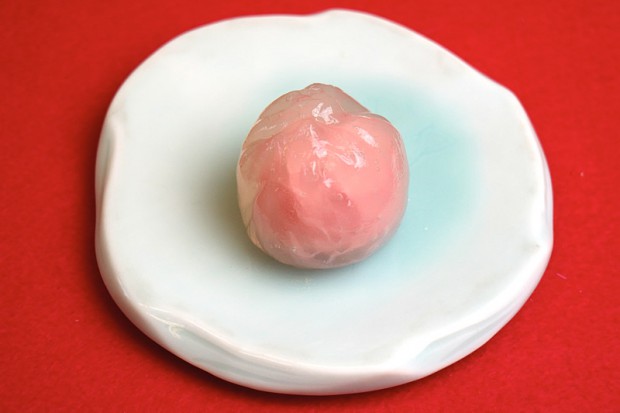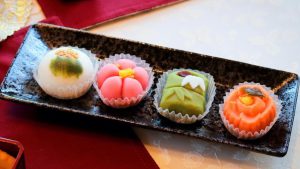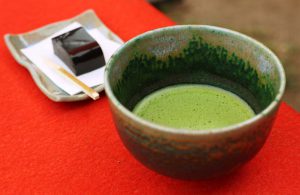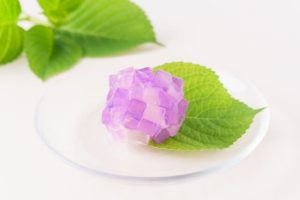In July, many regions experience the end of the rainy season and transition into a more summery climate. With festivals like Tanabata and Gion Matsuri, as well as the arrival of summer’s “doyouiri” (midsummer days), various events keep coming, and the theme of tea gatherings changes to embrace the full essence of summer.
However, there’s actually some variation in how and when people fully embrace the summery theme in tea gatherings. Some avoid using elements that are too summery before the end of the rainy season, while others might adjust the level of summer vibes based on the day’s weather.
Such meticulous considerations in crafting confections add to the enjoyment. Hopefully, this introduction of the July confections will be of assistance in that regard.
Kuzuyaki (Kudzu Sweet Cake)
View this post on Instagram
Kuzuyaki (Kudzu Sweet Cake) is one of the representative summer ingredients. Kuzuko is a powder made by refining the starch from the roots of kuzu, and it has long been known as an ingredient with medicinal properties.
When we think of kuzu confections, we might picture the translucent, jelly-like sweets, but kuzuyaki is slightly different. It’s made by mixing kuzuko with koshian (smooth sweet bean paste), kneading the mixture, putting it into molds, and then steaming it. After cooling and solidifying, it’s sliced, coated with wheat flour or joshinko (rice flour), and lightly grilled without burning the surface.
The appearance of this sweet is quite simple, but it offers a gentle kuzu texture and a smooth melt-in-your-mouth experience, making it a delightful treat during the humid season.
If you want to avoid overly summery confections before the end of the rainy season, kuzuyaki might strike the perfect balance, offering a hint of summer vibes while not fully committing to the season.
Of course, it’s also well-received as a sweet that can be enjoyed until the peak of summer.
Suibotan
Suibotan is a confection that strongly evokes the arrival of summer, with the refreshing quality of kuzu and the vibrant red color that shines through from the inside.
“Suibotan” is a type of kuzu manju, with koshian (smooth sweet bean paste) wrapped in kuzu. When we think of kuzu manju, we often imagine the typical red-brown sweet bean paste filling, but by changing the color of the filling, you can create a variety of confections with your own unique touch.
Among these kuzu manju, Suibotan features a white sweet bean paste filling that is dyed a bright red. It beautifully expresses the peony flower, known as the “king of flowers.”
Peonies are associated with prosperity, which might explain why they are considered an auspicious flower. Although peony flowers bloom in spring, Suibotan is widely enjoyed in tea gatherings during summer, becoming a staple confection for the season.
Suibotan is best enjoyed when chilled, but if left in the refrigerator for an extended period, it may turn white and lose its vibrant red color. This is especially true for Suibotan, where the transparent quality of the kuzu is crucial for showcasing the color of the filling.
Japanese confectionery shops often advise against refrigeration. If you do need to refrigerate it, make sure to take it out about 10 to 20 minutes before consuming.
On the other hand, chilling the serving vessel will enhance the sensation of coolness when touching the confection, making the experience even more enjoyable.
Mizu-Yokan
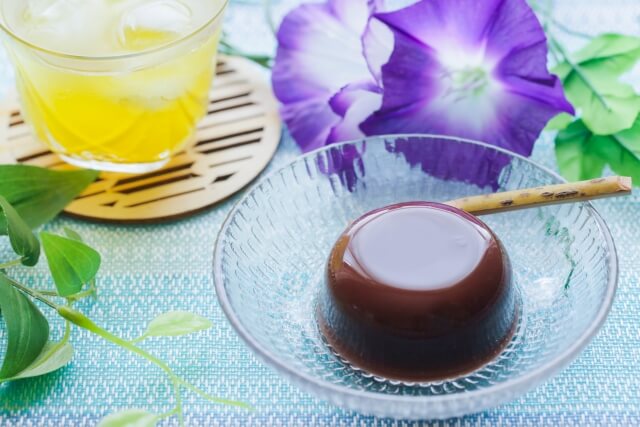
When it comes to traditional Japanese sweets in summer, even those who aren’t frequent tea drinkers immediately think of Mizu-Yokan. Its refreshing texture and delightful aftertaste make it a popular confection, even at tea ceremonies.
Mizu-Yokan is a common choice for summer gifts and souvenirs, and many might find themselves enjoying it more often than regular Yokan during the summer season.
The ingredients are simple: agar and koshian (smooth sweet bean paste). Agar is softened with hot water, mixed with koshian, kneaded, cooled, and then solidified. Because of its simplicity, the natural flavor of the sweet bean paste is easily discernible, and the taste can be subtly altered by adjusting the proportions of the ingredients.
Since Mizu-Yokan contains a lot of moisture, it’s a good idea to use waterproof tissue paper when handling it or place a piece of sulfuric acid paper or folded tissue paper underneath the surface of the sweet.
Incidentally, in some regions like Fukui Prefecture, there is a custom of eating Mizu-Yokan during the winter.
Tanabata’s omogashi
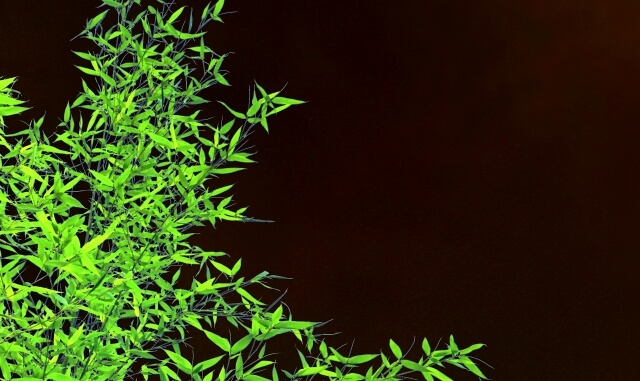
Lastly, let’s touch upon confections for Tanabata, a representative seasonal event in July.
In this article, I’ve introduced confections like Suibotan, where the name itself evokes a design that can be easily found at many Japanese confectionery shops. I also searched through literature to see if there are any specific confections for Tanabata, but unfortunately, I couldn’t find any.
However, of course, during Tanabata season, there are plenty of confections inspired by the festival. I’d like to briefly introduce a few.
The first motifs that come to mind for Tanabata are the Milky Way and tanzaku (small strips of colored paper). If you prefer something more understated, you might consider itomaki (a winding tool for weaving) or kasasagi (magpies). Itomaki is a tool related to the weaving work of Orihime (the weaver princess). Kasasagi is a bird that, according to legend, forms a bridge with its flock across the Milky Way, allowing Hikoboshi (the cowherd) and Orihime to meet.
The motif of a crab is based on an older term for spider, “sasagani,” as spiders weave threads, which connects to weaving and ultimately leads to Orihime. Orihime is also known as Sasagani-Hime.
For the confection’s materials, you might commonly see nerikiri with colors and shapes that can be freely expressed. If you want to evoke a seasonal feel, I recommend using agar or kuzu.
For example, agar-based confections often depict the Milky Way with Do-myoji rice cake or gold and silver flakes. The transparent quality of agar is perfect for visualizing motifs like the night sky and river.
Not only in the world of tea ceremonies but also as a widely celebrated seasonal event, Tanabata offers a chance to find your favorite confection.
